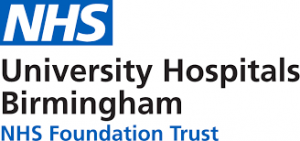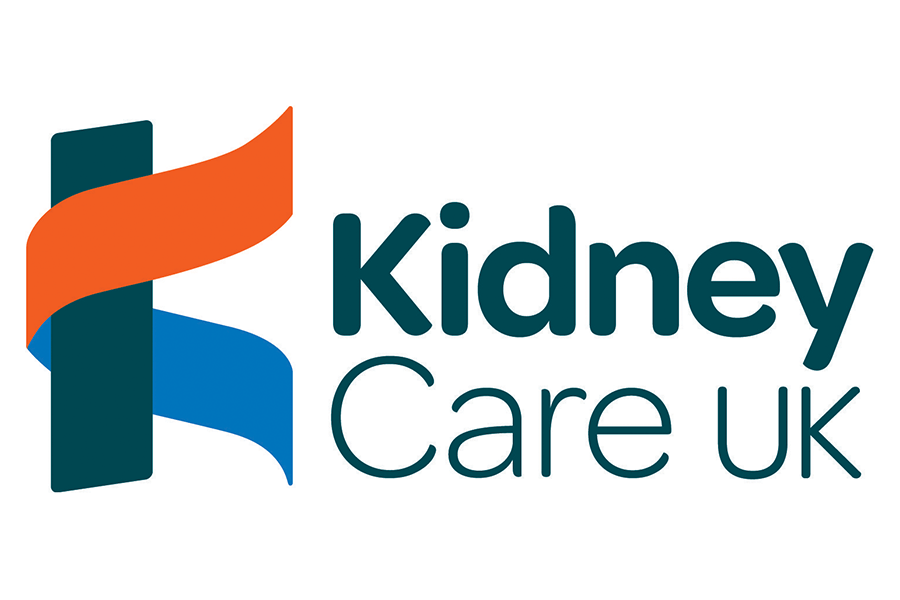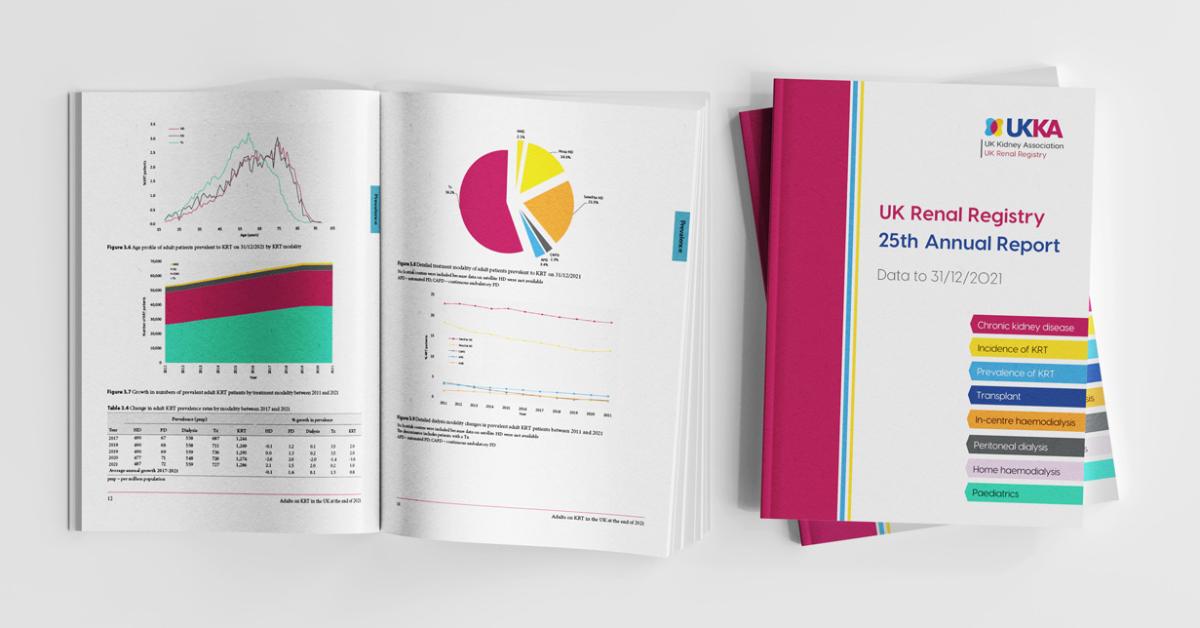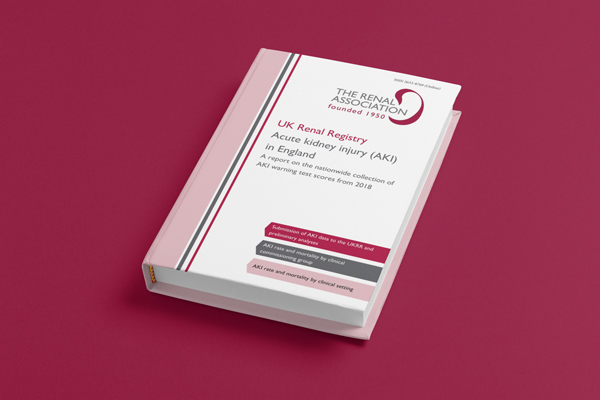Renal outpatients
Learning from one renal unit’s transformation in response to COVID-19
University Hospitals Birmingham NHS Foundation Trust,
Helen Eddington

Summary of beneficial changes
- Off-site phlebotomy centres set up with specified ‘shielding’ times for immunosuppressed individuals
- Phone or video clinics were held – face to face appointments offered if clinically indicated
- Video introduced for patient education and virtual home visits enabling us to continue to check homes are safe for home therapies
- Virtual clinics to be set up for non-patient contact review
- Face to face visits coordinated across all areas of renal medicine and surgery by a small multi-disciplinary team
- Renal administration staff allowed extended IT access to allow us to manage our own service more effectively
Prior to Covid-19 pandemic
- Our patients attended face to face appointments with a blood test performed during the attendance.
- If changes in renal function were noted this would need to be discussed with patient after clinic via telephone.
- The main reasons for this configuration was due to wide geographical spread of patients, difficulty in coordinating blood tests prior to clinic with no remote centres, and inability to see all of GP results within our catchment area.
- A large number of patients attended out-patients at any one time with pooled clinics which led to a significant foot-fall within the hospital. These were held over 5 different out-patient areas during the week.
In preparation for the Covid-19 pandemic
- All records and results of patients due in clinic until July were reviewed by a consultant.
- Where appointments could be delayed due to either stability of function and low clinical risk this was arranged.
- All appointments changed to phone or video unless a face to face appointment was clinically necessary.
During Covid-19 pandemic
- Off site phlebotomy centres were set up in some areas and some GP practices were able to do blood tests.
- Phone or video clinics were held and only face to face appointments offered if clinically indicated. These were all covered by our shielding medical staff.
Post Covid-19 pandemic
Trust level changes
- The Trust implemented social distancing within all outpatient areas and restricted the number of patients that could be seen face to face within a 45 minute period.
- All staff and patients were required to wear masks; this was implemented prior to the government guidance.
- The trust increased the number of patients able to attend off-site phlebotomy to enable more activity. There was also an increased number of shielding spaces created for immunosuppressed individuals.
- The number of phlebotomy and observation rooms has increased within the main out-patient area to enable social distancing to be maintained though this led to reduced rooms for clinical activity.
Departmental changes
- As consultants were released from the emergency on-call rota the appointments that had been delayed were re-reviewed.
- The only area to open was the main out-patient area which left no space for a substantial proportion of our clinic activity. Therefore coordination of all renal medicine and surgery clinics was required to allow services to resume and to relieve any backlog. This over-arching coordination was performed by a small multi-disciplinary team which included lead consultants, managers and administration staff and ensured activity fell within the foot-fall restrictions and numbers of rooms available.
- Room and time allocation was split between key areas of transplant, CKD, a combined GN, vasculitis and lupus group and renal surgery. This allowed each group to book patients face to face within their allotted times. We started face to face activity slowly though this has continued to increase. Where areas did not require the face to face activity distributed this was then reallocated to other areas and continues to be reviewed.
- Where possible face to face visits were coordinated across all areas of renal medicine and surgery to limit visits to the hospital. For example pre-dialysis patients underwent Hep B vaccination and blood tests while attending vascular access appointments, or clinic appointments were performed while patients attended the infusion suite for immunosuppression. This requires ongoing input from the multi-disciplinary teams to ensure we limit our requests for patients to leave their home and relieve some pressure on off-site phlebotomy.
- There was a large clinic back-log however we were also aware we needed to ensure the workload was manageable by staff still recovering from managing the first Covid-19 peak. The post-covid consultant on-call rota differed to the pre-covid rota and junior staff were not released from in-patient activity for some time. This lead to a reduction in the number of medical staff free to cover out-patient activity despite the need to cover all delayed appointments. Some consultants increased their contract activity to enable this to occur.
- Large numbers of administration changes were required for us to implement our ‘new’ service. There were initial difficulties determining which patients required phone/video or face to face appointments and also difficulties to ensure the face to face rules were not breached. To overcome this we set up new face to face clinic codes which were only for the set time spaces and limited to the maximum of each clinic. The phone clinics were limited depending on the number of medical staff available to ensure the workload was manageable. Any changes to the out-patient times, codes and numbers initially had to be implemented through the trust IT service. As all trust departments were asking for changes renal administration staff were allowed extended access to allow us to manage our own service more effectively.
- We are in the process of implementing a new service to perform a virtual review of stable patients who will undergo blood tests at remote phlebotomy centres. The results will be reviewed at an MDT with a consultant and specialist nurses and if all stable a letter will be sent out to inform the patient. If there are any concerns the consultant can phone the patient and plan further management. We envisage that these virtual appointments will be used across all aspects of our renal medicine service and will alternate with a patient contact appointment. As a safety net patients will also be provided with a phone number to contact us if they have developed a relevant new medical issue so we can convert all virtual appointments to phone or face to face as required. This service will free up clinic capacity and can also be run safely through any further Covid-19 peaks if necessary. In future we would like to utilise digital tools such as an electronic PROM to enable patients to report clinical change and submit data (such as home BP readings or community blood test results)
- Video has been used for patient education and ‘virtual’ home visits and enabled us to continue to check homes are safe for home therapies. There are advantages to all modes of consultation and we foresee that the future of our service will incorporate a mix of all modes in the long term.
Challenges and proposed solutions
- Patient feedback has been mixed in this time of uncertainty. The majority of patients prefer to have their results available to allow a more focussed consultation and find phone clinic much easier to handle with their work or home life. However there are other patients who really enjoy the face to face contact. The video consultations have had some technical issues so have been used less, though we expect these to become increasingly utilised in the future.
- To deliver phone or video clinics staff require a quiet space with no phone-calls or other people in the background. Some consultants are facilitating this by covering these from home or from an individual office space however the majority of consultants work in an open plan office and require an out-patient room for this. When the junior medical team join clinic activity they will also require room space. The lack of areas has proved challenging and this will need to be considered in future planning if other out-patient areas do not open in the near future.
- Our service covers a large geographical area however the remote phlebotomy sites for the trust cover the closer secondary care catchment. Even within Birmingham, patients may require public transport to attend remote phlebotomy centres and those on transport also struggle to be accommodated.
- Some GPs have not been able to assist during the crisis and negotiations with GPs are ongoing to help provide services in the future. Some patients from the extended catchment area have blood tests done locally by their GP however they are not visible on our hospital system.
- We are considering a remote ‘roving’ phlebotomy service which may utilise dialysis units to help facilitate remote blood tests in the future.
Key messages
- Communication and coordination is central to success in implementation of changes in practice that affect all multidisciplinary team members. This worked because it was run by a small, tight and highly organised team
- Within the out-patient area very little has remained the same and therefore managing enforced change with a tired or stressed workforce has to be managed equitably, clearly and carefully.
- Be aware that many changes lead to increased pressure on administration staff and understanding the issues with booking systems and restraints are required to develop a new process.
- Listen to patient feedback. Not all change is bad and many of our new adjustments have led to an improvement in aspects of the service.






